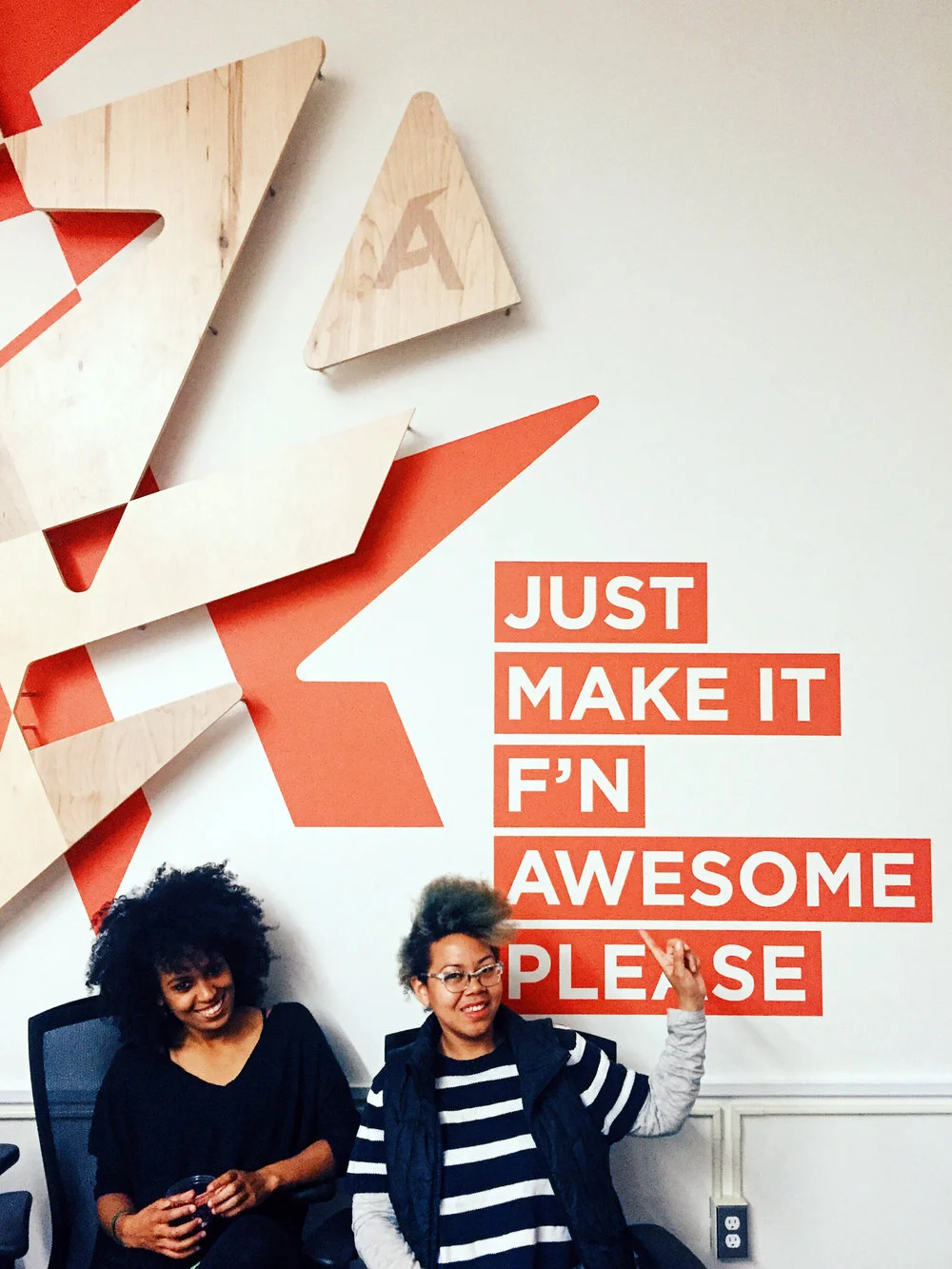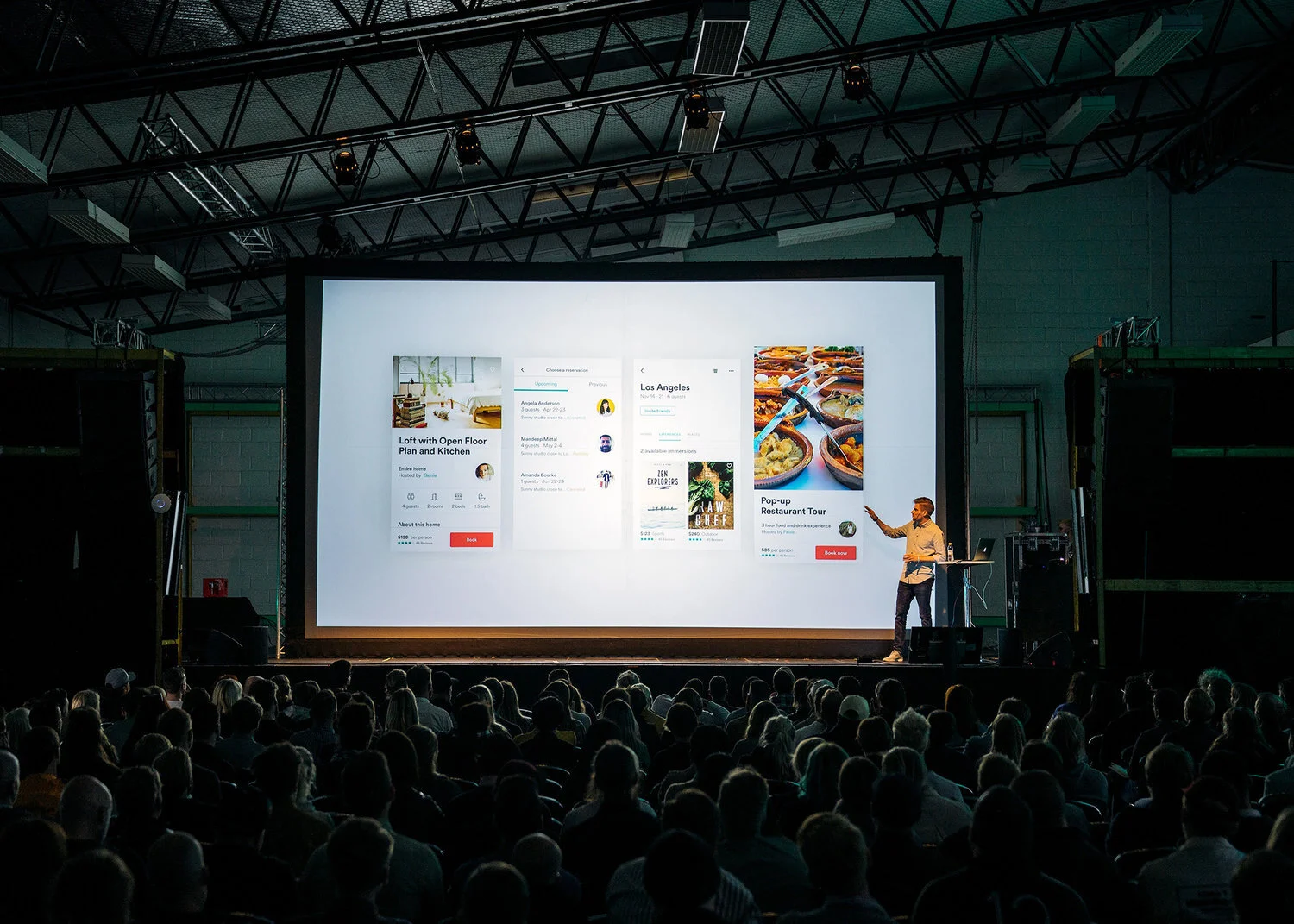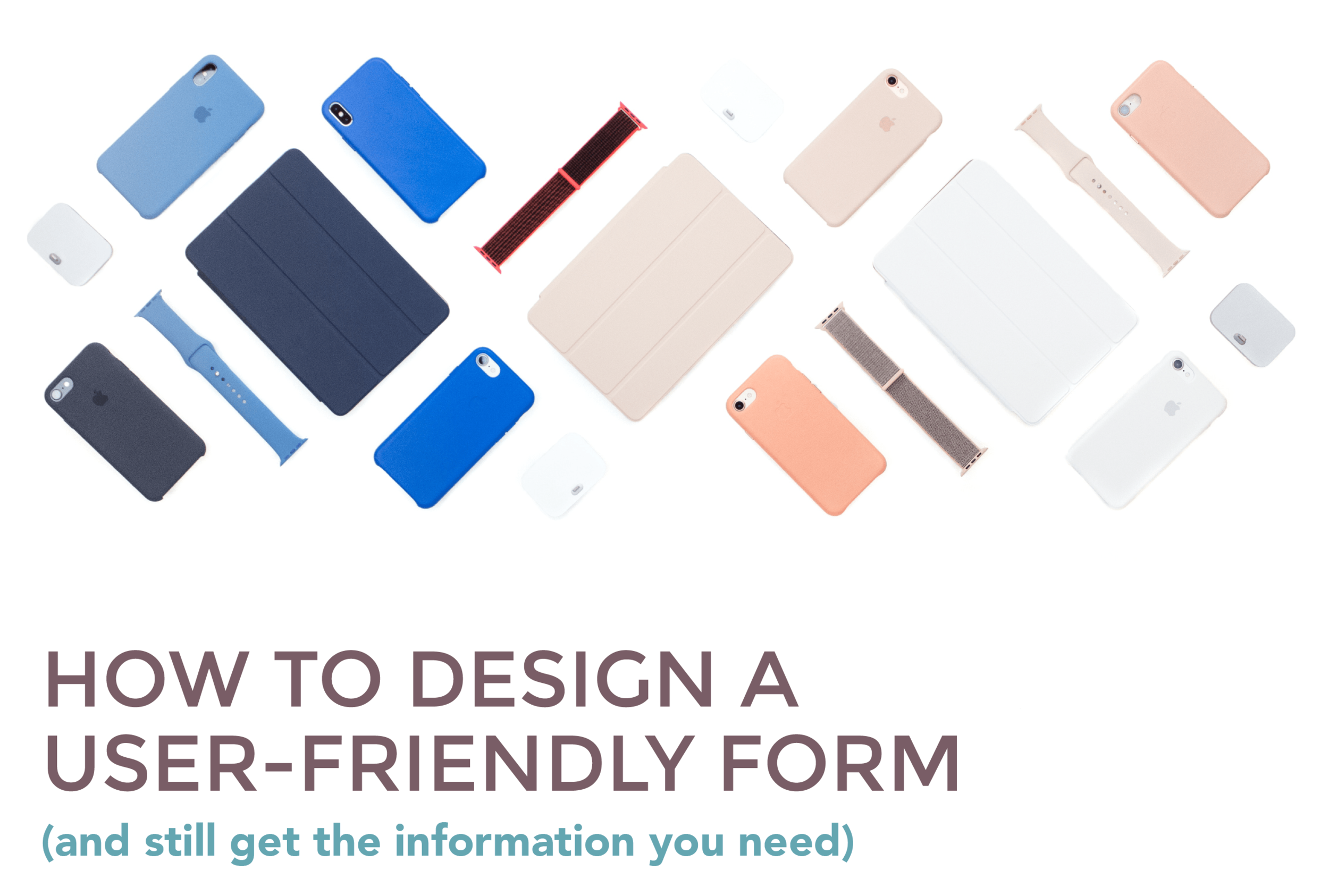According to Salesforce’s benchmark study, welcome emails (42%) are the third most popular type of email sent by businesses, trailing only to newsletters (66%) and promotional content (54%). Of the marketers who send them, three quarters rated them as highly effective.
But why are they so important, we hear you wonder? If done right, they engage new customers straight away by prompting recipients to start the next stage in their customer journey -- and they also provide a means for you to follow up on any value propositions you promised (a new customer discount, for example).
One last important thing to note before we dive right in with our templates, are these six golden rules:
Send your welcome email ASAP
Remember to stamp your branding on it
Include social links to encourage further engagement
Track your email analytics and act on any concerning metrics
Keep them short and to the point
Only use personalization if you’re 100% confident your data is correct
Now, on to what you came for, the all-important templates to get you going…
Example 1: Product Purchase
Hi [insert name],
Thanks for choosing Company X for your Product Y needs - we’re so happy you chose us!
We’ve been delivering our goods to customers - like you - for X years now, and we can’t wait for you to see what all the fuss is about.
As our welcome gift to you, we’d like to offer you 15% off your next purchase with us. To claim your discount, simply enter the code WELCOME19 at checkout.
And if you want to keep up-to-date with our activity (including exciting giveaways!), don’t forget to follow us on Facebook, Twitter and Instagram.
Thanks again,
[Company X] team
Example 2: Service Sign-Up
Hi [insert name],
Welcome to the team!
We’re delighted to have you on board and we can’t wait to start supporting you with our [insert service name].
The next steps are super simple:
Your dedicated service manager will be in touch soon to talk you through the set-up process.
Our Finance Team will invoice you on every [insert date] of the month.
If you have any questions, our customer service team will be available on [insert phone number] between [insert hours and days].
It really is that easy.
For regular updates, news, hints and tips off our experts, don’t forget to check into our blog every now and then, and if you’re feeling social, why not hit us up on Facebook, LinkedIn or Instagram?
Thanks again,
[Company X] team
Example 3: Newsletter Sign-up
Hi [insert name],
Thank you for signing up to our monthly newsletter.
It’ll land in your inbox on the second Tuesday of every month, and it’ll be brimming with useful tips, guides, videos, resources, and more.
If, at any point, you have any feedback on our newsletters, we’d love to know what you think at [insert email address].
To hear more from us, head over to our social profiles and give us a follow:
[Social media icons]
Thanks again,
[Company X] team
Example 4: Event Registration
Hi [insert name],
Congratulations, you’ve successfully signed up to our [insert event name] event - we already can’t wait for you to join us on the big day!
Just so you have them handy, here are the details:
Date:
Time:
Location:
Don’t worry, we’ll send a reminder email over a few days before, just to be safe.
If you have any questions between now and then, you can reach the team on [insert number] or [insert email address].
And so the countdown begins!
See you soon,
[Company X] team
Hue & Tone Creative: Marketing in Greensboro and Beyond
Need a hand writing or designing your very own welcome email? Then look no further - we’ve got you covered. To discuss our email services and more, contact us on (336) 365-8559 or hannah@hueandtonecreative.com.










































































